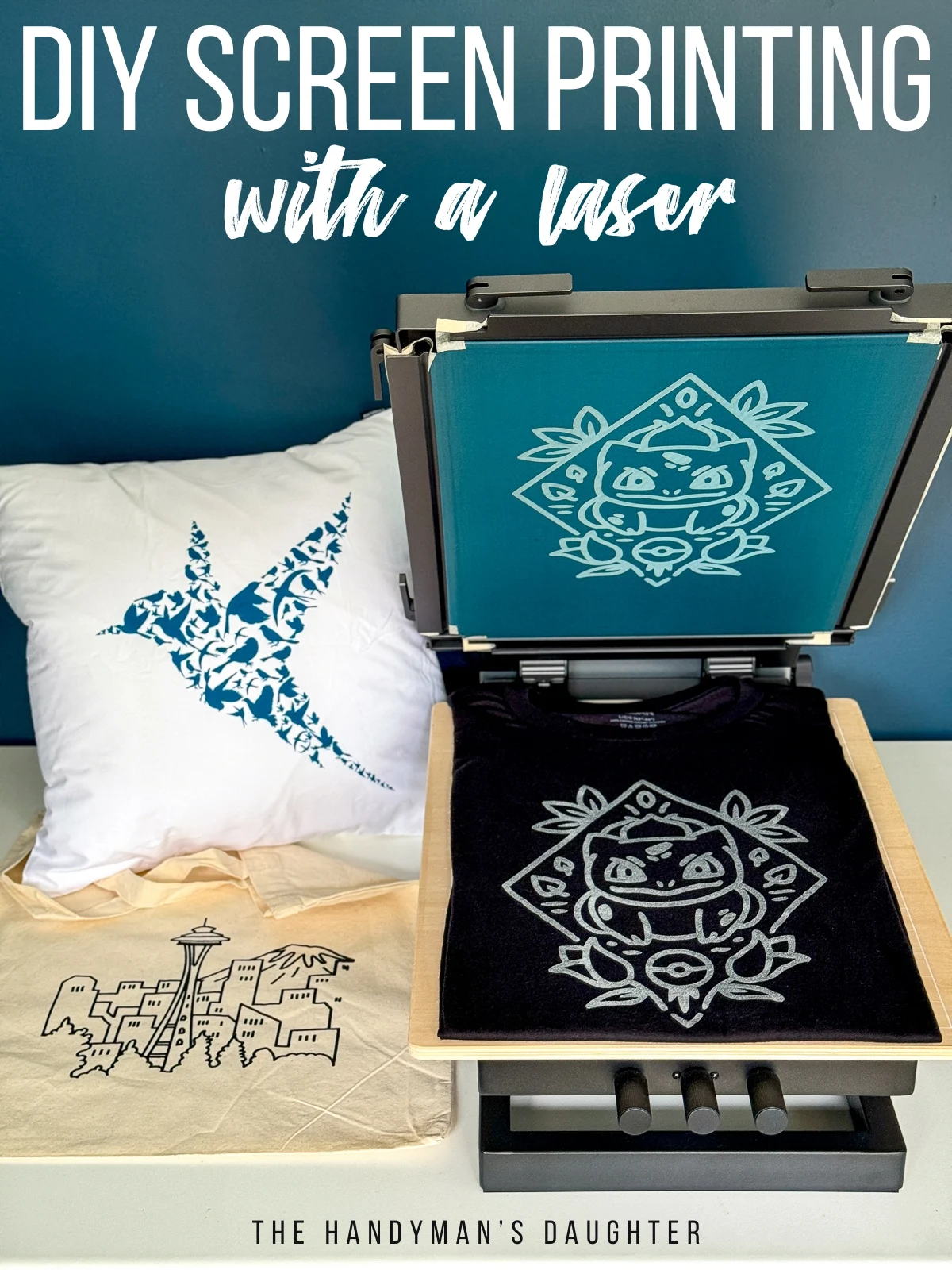The Crucial Overview to Recognizing Screen Printing and Its Versatile Utilizes
Screen printing has a rich background that goes back to old times, evolving into a sophisticated strategy used across numerous industries today. This guide explores the intricacies of the screen printing procedure, describing its applications in advertising, fashion, and home design - 10:9 Design Screen Printing Texas. Comprehending these fundamentals can open innovative capacity for both industrial and creative tasks. The adhering to areas will expose vital suggestions and techniques to enhance one's screen printing ventures
The History of Screen Printing
Although screen printing has origins that trace back centuries, its evolution mirrors the artistic and technical innovations of different cultures. Coming from ancient China, the technique was originally made use of for enhancing textiles and later infect Japan, where it came to be essential to Ukiyo-e woodblock printing. The technique shifted to Europe in the 18th century, where it obtained popularity among craftsmens and commercial printers. The development of picture emulsion in the 20th century reinvented screen printing, enabling even more intricate layouts and higher performance. Musicians like Andy Warhol even more propelled its appeal, utilizing the tool to create famous jobs that mixed commercialism and art. By the late 20th century, screen printing had developed itself as a flexible method, utilized in vogue, marketing, and art. Today, it remains to advance, integrating digital innovation and broadening its applications throughout different sectors.
The Screen Printing Process Explained
Screen printing changes artistic visions into tangible layouts with a series of exact actions. A picture is produced and after that moved onto a screen, normally made of great mesh textile extended over a structure. A light-sensitive emulsion is related to the screen, which is revealed to light, setting in areas not covered by the photo. After cleaning out the unhardened solution, a pattern is formed.
Next, the screen is placed over the substrate, whether it be textile, paper, or an additional product. Ink is after that pushed via the open locations of the pattern utilizing a squeegee, depositing the design onto the substrate below. This procedure can be duplicated for several colors, requiring different screens for each tone. The printed item is treated using warmth to ensure the ink sticks appropriately, resulting in a resilient, dynamic design prepared for usage.
Types of Screen Printing Techniques

Furthermore, specialized methods, such as discharge screen printing, remove dye from the material to develop softer prints, while foil screen printing applies metallic aluminum foil to attain a glossy coating (10:9 Design Screen Printing Texas). Each method provides distinct qualities, catering to various innovative requirements and production scales, ultimately broadening the possibilities within the screen printing domain name
Applications of Screen Printing in Numerous Industries

Furthermore, the signage and advertising markets make use of screen printing for developing captivating display screens and banners. This technique permits for bold shades and elaborate designs that record attention. In electronics, screen printing is employed for using conductive inks to circuit boards, vital for part connections. Moreover, the home design industry welcomes screen printing to produce distinctive styles on fabrics and wall art. Overall, screen printing acts as a crucial device throughout varied areas, boosting products with personalized and aesthetically enticing graphics.
Tips for Successful Screen Printing Projects
While embarking on a screen printing task, mindful attention to detail can significantly improve the last end result. First, picking premium products is important; this includes the screen, inks, and click here substrates. Making use of proper mesh counts can affect ink deposition and information resolution. Prep work is just as crucial; comprehensive cleaning of screens and correct exposure times guarantee crisp prints.
Next, exact enrollment is important for multi-color prints. Making use of alignment devices can assist attain precise layering. Furthermore, screening prints on scrap products before production helps recognize prospective issues without throwing away sources.

Often Asked Inquiries
What Products Are Best for Screen Printing on Fabric?
Cotton and polyester blends are excellent for screen printing on textile due to their toughness and ink absorption. In addition, specialized fabrics like silk or canvas can generate distinct textures and coatings, boosting the total layout quality.
How Do I Tidy and Maintain Screen Printing Tools?
To clean up and maintain screen printing tools, one should on a regular basis clean displays with suitable solvents, examine squeegees for wear, lube relocating components, and store all things in a dry, dust-free environment to lengthen their lifespan.
What Are the Ecological Effects of Screen Printing?
Screen printing can have significant ecological influences, including chemical waste from inks and solvents, water use throughout cleansing processes, and energy intake. Lasting practices and environmentally friendly materials are important for lessening these adverse impacts.
Can Screen Printing Be Done at Home Successfully?
Screen printing can be efficiently done at home with the appropriate products and strategies. Enthusiasts can develop high quality prints, though success depends on their ability degree, equipment, and understanding of the process included.
What Are the Costs Connected With Starting a Screen Printing Organization?

Starting a screen printing service involves expenses for devices, products, and work area. First expenditures generally range from a few hundred to several thousand dollars, depending on the scale, high quality of machinery, and desired manufacturing ability.
Screen printing has a rich history that dates back to ancient times, evolving into an advanced strategy made use of across numerous sectors today. An additional strategy, rotary screen printing, employs cylindrical displays, helping with continual printing on fabric rolls, consequently improving effectiveness for large manufacturings. Additionally, specialty methods, such as discharge screen printing, get rid of dye from the material to develop softer prints, while aluminum foil screen printing uses metal aluminum foil to accomplish a shiny coating. In the fashion market, screen printing is commonly made use of to develop lively designs on garments, enabling brands to showcase their unique styles. Cotton and polyester blends are perfect for screen printing on fabric due to their sturdiness and ink absorption.